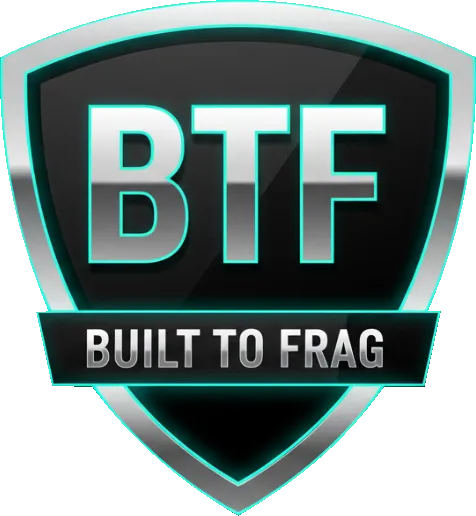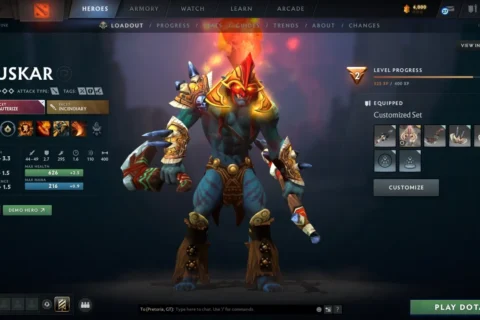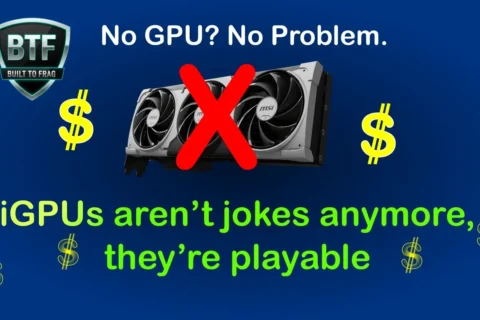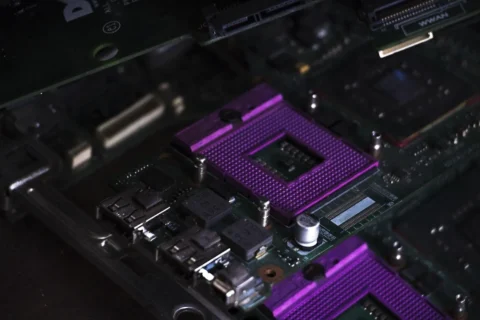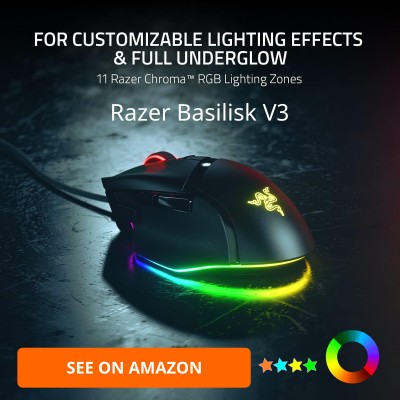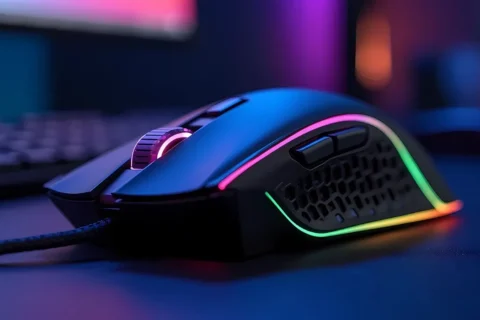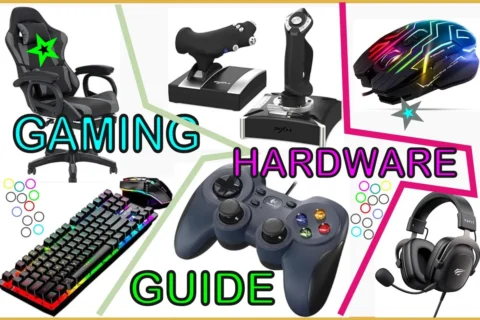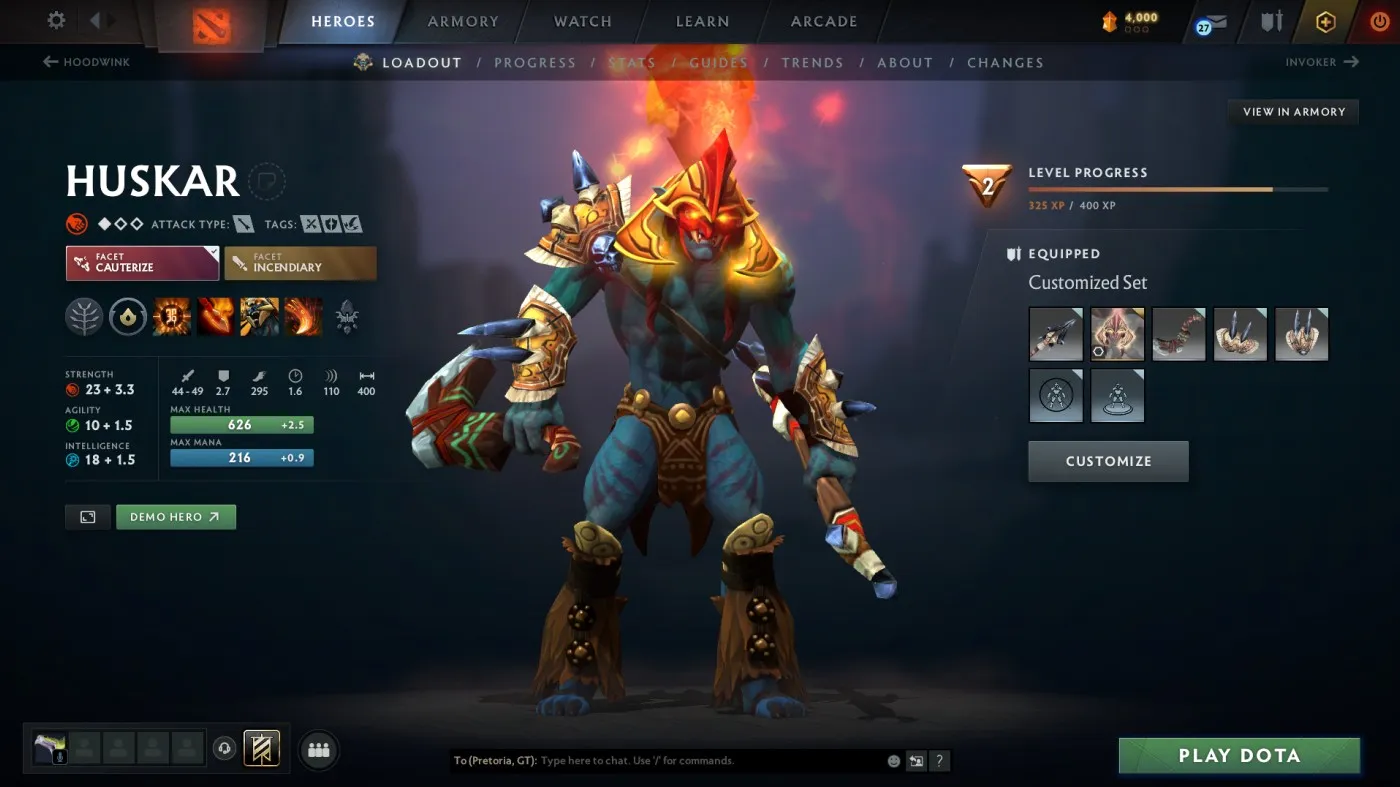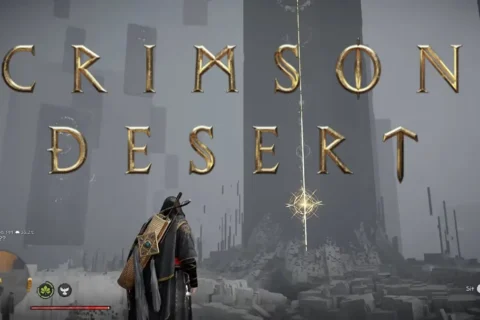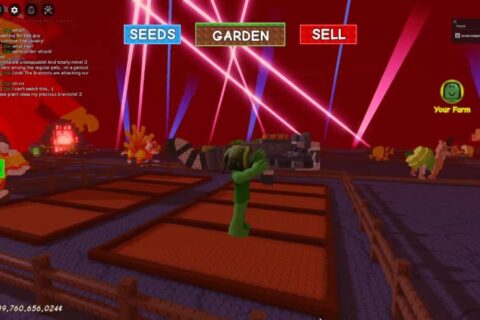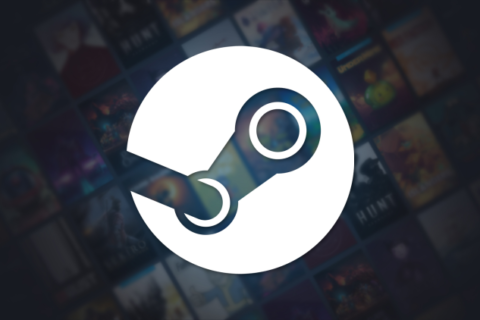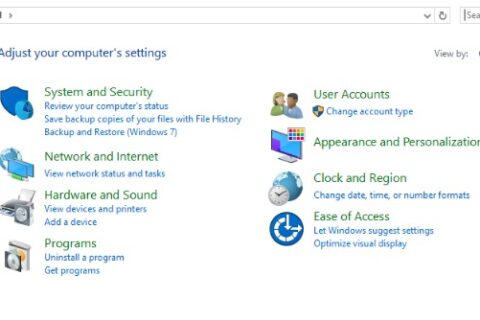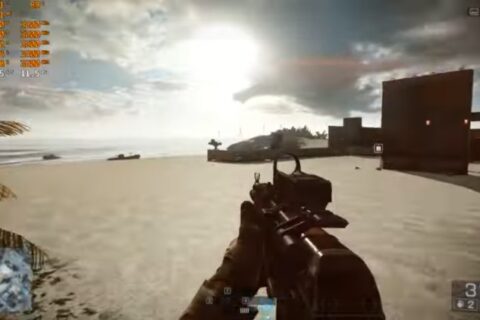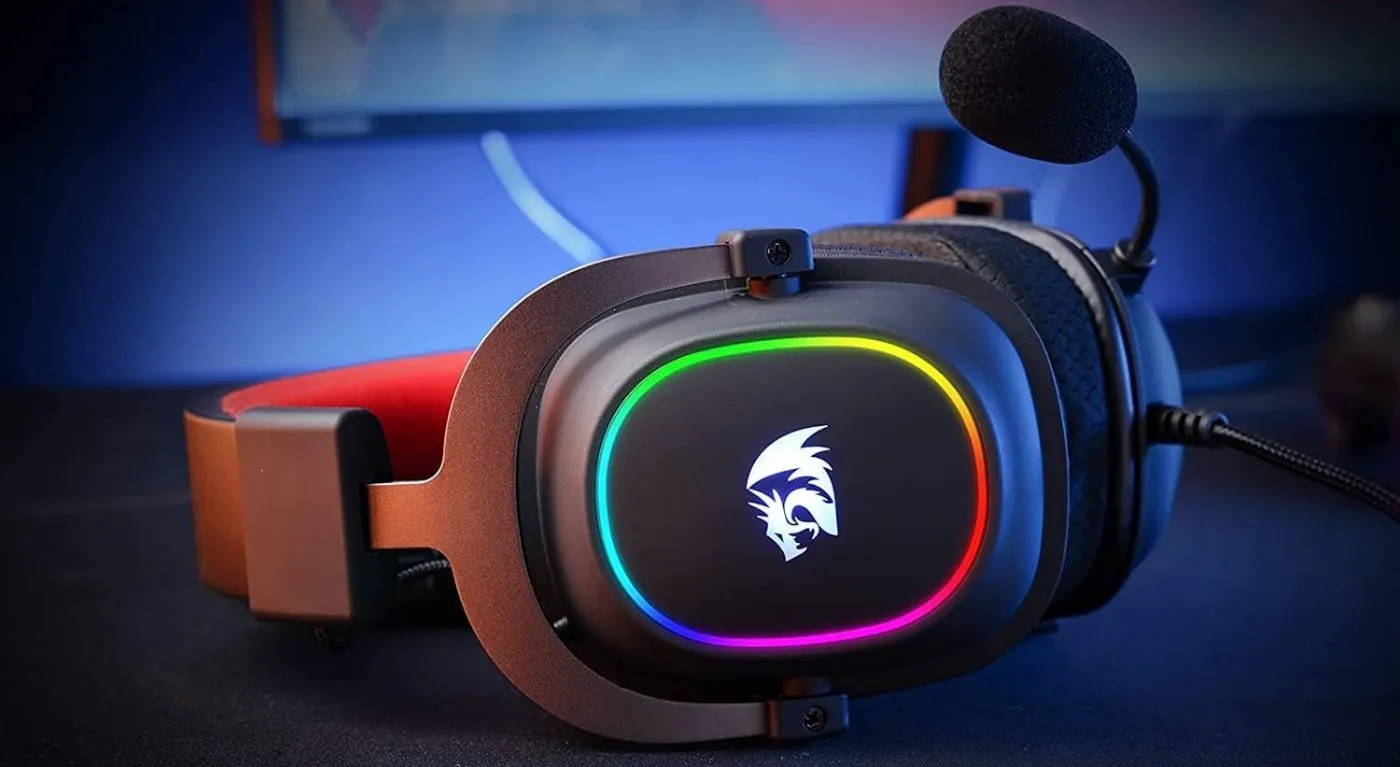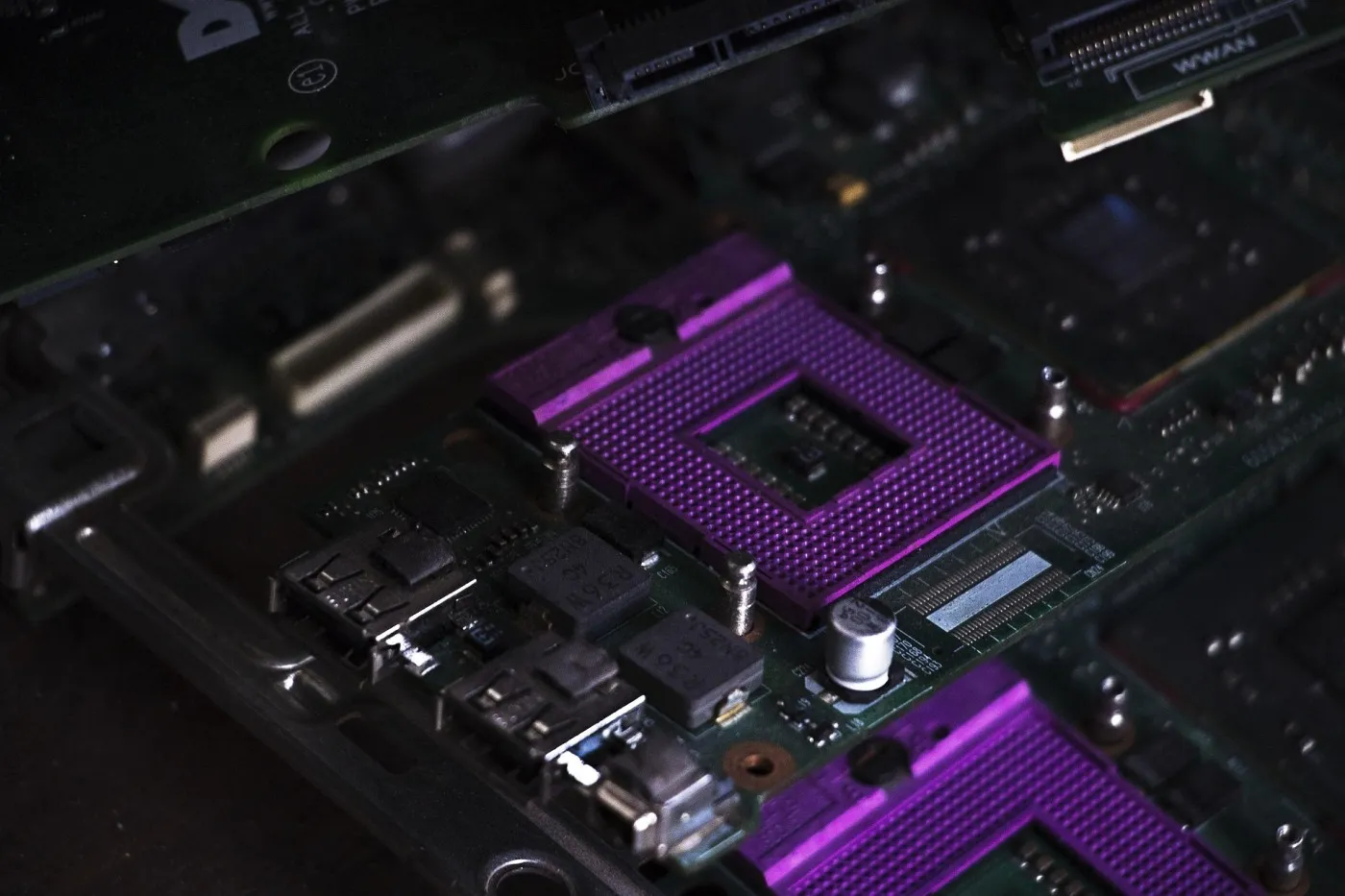Welcome to pain, player. The Dota 2 learning curve doesn’t ease you in, it waits quietly for you to make your first mistake, then buries you under a dozen mechanics you didn’t know existed. My first match ended with a confused Crystal Maiden, a flaming Sniper, and a tower dive that taught me fear. Every Dota 2 player remembers that moment, the one where they realized this isn’t a game you play casually. It’s a grind, a puzzle, and occasionally, a war crime committed in the mid lane.
Dota 2 is one of PC gaming’s timeless loop titles, a relic that refuses to die because it keeps reinventing itself. But the real reason it endures isn’t nostalgia or patches. It’s that rare, brutal satisfaction of finally understanding something everyone else gave up on. This isn’t a beginner’s guide, it’s a survival manual for the brave (or the stubborn) who want to conquer the Dota 2 learning curve.
The Myth of “Getting Good”

“Just get good,” they say, as if that phrase means anything in a game with 120+ heroes, 200+ items, and an algorithm that matches you with people who apparently despise joy. The truth is, “getting good” at Dota 2 is a myth. What players really mean is, learn how to lose better.
When I started, I had no idea what a power spike was, or why supports were buying shiny glowing sticks called “wards.” I was dying in ways I couldn’t even explain. But slowly, painfully, patterns began to appear. You don’t play Dota 2 to win every match, you play it to lose smarter than last time.
The Dota 2 learning curve isn’t about skill alone; it’s about information. Every hero interaction, every timing window, every item build compounds. The sooner you stop chasing instant improvement and start chasing understanding, the faster you’ll climb, or at least fall slower.
The Learning Curve Isn’t a Curve, It’s a Cliff

There’s a reason Dota 2’s reputation terrifies newcomers: it’s not a curve, it’s a cliff. You spawn in, get hit by four spells you’ve never seen, and then someone tells you to “just last hit.” The game throws hundreds of variables at you at once, and none of them come with explanations.
Heroes? Over a hundred. Items? Constantly changing. Map? Reworked every few months. Even veterans struggle to keep up with the meta churn. And somehow, that’s what makes it brilliant. It rewards effort, study, and obsession, not luck.
Valve’s patch culture keeps it alive. Every major update reshapes how you play, yet the core formula remains untouched. It’s the rare live-service model that actually works, which is why Dota 2 belongs in the same conversation as our best live-service game updates.
The Real Survival Skills

Here’s what actually keeps players from uninstalling. It’s not mechanical talent, it’s survival instinct. Let’s break down the five skills that matter more than MMR.
A. Mindset Management
The first survival rule: accept that you’ll die often, Dota 2 punishes hesitation, pride, and overconfidence in equal measure. Tilt control is a superpower. Learn to mute freely, laugh off flame, and never assume your teammates read the same tutorial (they didn’t).
B. Game Knowledge
Pick a role. Stick with it. Play ten games with one hero until the mechanics click. Then study. The Dota 2 Wiki is your new textbook. Every patch rewrites the rules, but fundamentals like positioning and timing never change. The more you understand why something works, the less it hurts when it doesn’t.
C. Communication Without Meltdown
The mute button is not a sign of weakness, it’s self-preservation. Ping with intent, not panic. Type when necessary, but understand that sometimes silence wins more games than strategy. Dota 2’s voice chat is a casino: high risk, low return.
The Dota 2 community can be brutally toxic, especially for beginners still learning the basics. It’s easy to get tilted when random teammates flame or throw, but that’s part of the ecosystem. The smartest move? Don’t dive into public matches alone right away. Find a few friends or regular players to queue with, the difference in teamwork and morale is massive. Dota might still break you, but at least your friends will help glue the pieces back together.
D. Practice Like It’s Ranked
Unranked matches aren’t throwaway time; they’re your training ground. Watch replays, check your deaths, and study pro movements on Liquipedia. Improvement in Dota 2 isn’t measured in win streaks — it’s in how long it takes you to recognize your own mistakes before Reddit does.
I once read an article that said, “In Dota, it’s bad to die.” And sure, that’s technically true, but in my experience, dying is all you do in the beginning. You die to towers, creeps, ganks, and your own curiosity. And that’s fine. Every death is just another tutorial in disguise. Eventually, you stop dying as fast, then you stop dying as often, and that’s how progress actually looks in this game.
E. Hardware & Settings
Before you blame matchmaking, fix your rig. Drop graphics settings, disable overlays, and aim for stable frame rates. A smooth 120 FPS is worth more than shiny cosmetics. For setup help, check out The Fix-Your-Damn-PC Toolkit and our guide to free games for garbage PCs, because yes, Dota 2 can run on a toaster if you treat it right.
The Culture Shock

Dota 2’s community is a paradox, toxic, hilarious, and fiercely loyal. Everyone’s a coach, no one’s patient, and yet somehow, it works. Reddit threads explode over patch notes. Memes outlast heroes. And no matter how many people quit, they always come back for one more match.
Compare that to modern games like Diablo 4’s latest season, where players drift in and out between content drops. Dota 2 isn’t built around seasonal hooks or battle passes. It’s built around punishment and reward, and the kind of masochistic loyalty only long-term players understand.
If you’ve spent even a hundred hours here, you’ve probably been told to “go back to League.” Don’t. Dota 2’s cruelty is part of its charm, and surviving it makes every other game feel easy.
Tips From Experience
After more than 2000 hours in Dota 2, here are the lessons that actually stuck, the things no tutorial, guide, or patch note will ever teach you. These aren’t theorycraft tips; they’re survival tools learned from too many respawns and questionable item choices.

- 1. Start with easy heroes. Everyone wants to be the carry who wins the game, but that takes experience, game sense, and confidence. Start with supports like Lion, Lich, Witch Doctor, or Crystal Maiden, you’ll learn teamplay, warding, and positioning without the pressure of farming every creep.
- 2. Practice against bots, seriously. It sounds boring, but bots let you test spells, item timings, and hero matchups without anyone flaming you. Use those sessions to experiment and build muscle memory.
- 3. Study items like you study heroes. Dota 2’s item system is a second language. Read every item tooltip, understand what stacks and what doesn’t, and know when to buy defensive items like Glimmer Cape or Force Staff. You’ll save yourself (and your team) more than any amount of raw damage ever could.
- 4. Watch YouTube guides for your hero. Pick a creator you like and binge their content. You’ll learn tricks you’d never discover in-game, and you’ll start to recognize power spikes and combos just from observation.
- 5. Practice last-hitting until it’s muscle memory. The difference between a good and bad lane often comes down to two or three last hits per wave. Practice in demo mode until your timing feels natural. It’s not glamorous, but it wins games.
- 6. Don’t skip the replays. After every loss, check what went wrong. Did you die holding spells? Forget a smoke? Misjudge a cooldown? Replays turn frustration into data.
- 7. Learn to ward, properly. Warding isn’t just for supports; it’s for anyone who likes not dying. Watch pro ward spots and mimic them until it’s second nature.
- 8. Use hotkeys and quickcast. Optimize your controls. A half-second delay from clicking instead of keying can decide a fight. Check your settings and stick with a layout that feels intuitive.
- 9. Focus on learning one role at a time. Jumping between mid, support, and offlane every match just resets your learning curve. Pick one lane, master its rhythm, then branch out.
- 10. Play with people you trust. Random queues are chaos. Having even one friend with voice chat and decent vibes makes Dota 2 ten times more enjoyable, and survivable.
- 11. Accept that some games are unwinnable. Sometimes you do everything right and still lose. That’s Dota. Don’t rage, just queue again. The next match might be the one where it all clicks.
Dota 2 isn’t about being perfect, it’s about improving one decision at a time. Every match teaches something new, and every small skill you build eventually stacks into mastery. You won’t notice the progress day to day, but one morning you’ll wake up and realize you’re the veteran explaining these same tips to someone else.
The Payoff, When It Finally Clicks

Then, one day, it happens. Your wards catch a smoke gank. You win a fight on coordination alone. You pull off a five-man Ravage and feel something deep in your chest. That’s the payoff, the moment when chaos becomes clarity.
After thousands of matches, I’ve learned that Dota 2 doesn’t get easier. You just get better at surviving it. Every game teaches something new, and every loss hurts a little less. It’s not about mastery; it’s about progress.
Outro, Survive, Don’t Quit
Dota 2 will test your patience, your hardware, and occasionally your sanity. But if you stick with it, the payoff is unmatched. It’s the purest form of competitive satisfaction, earned, not given.
So take a break if you need to. Try something from our best new PC games 2025–2026 or best new PC games 2025 lists. But you’ll be back, we all come back.
Welcome to Dota 2. You’ll hate it, then you’ll never quit.
